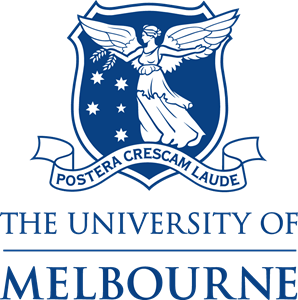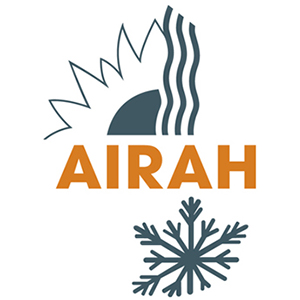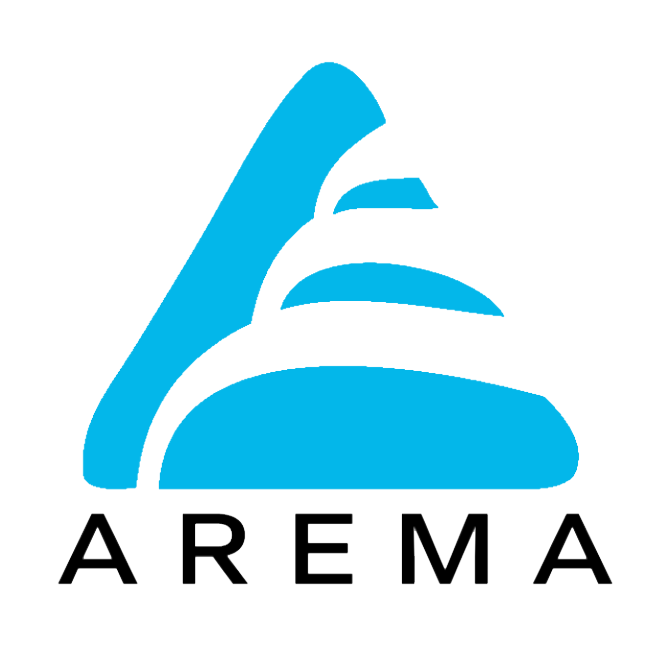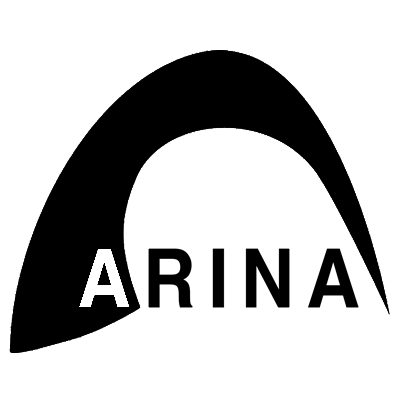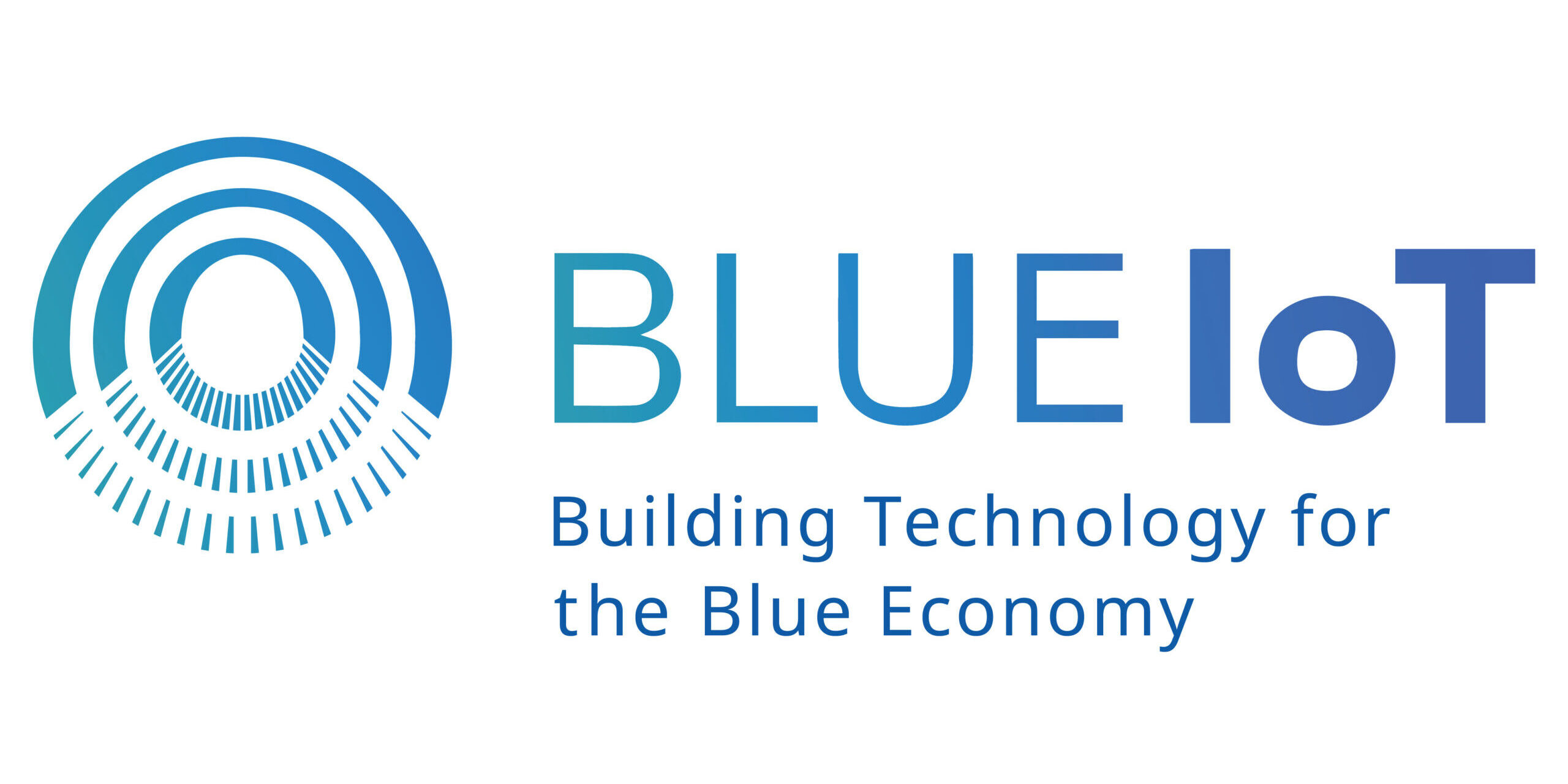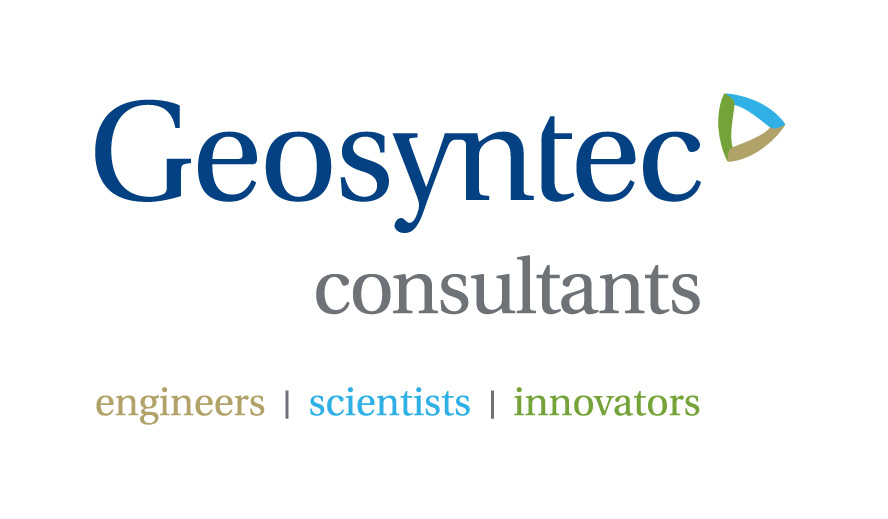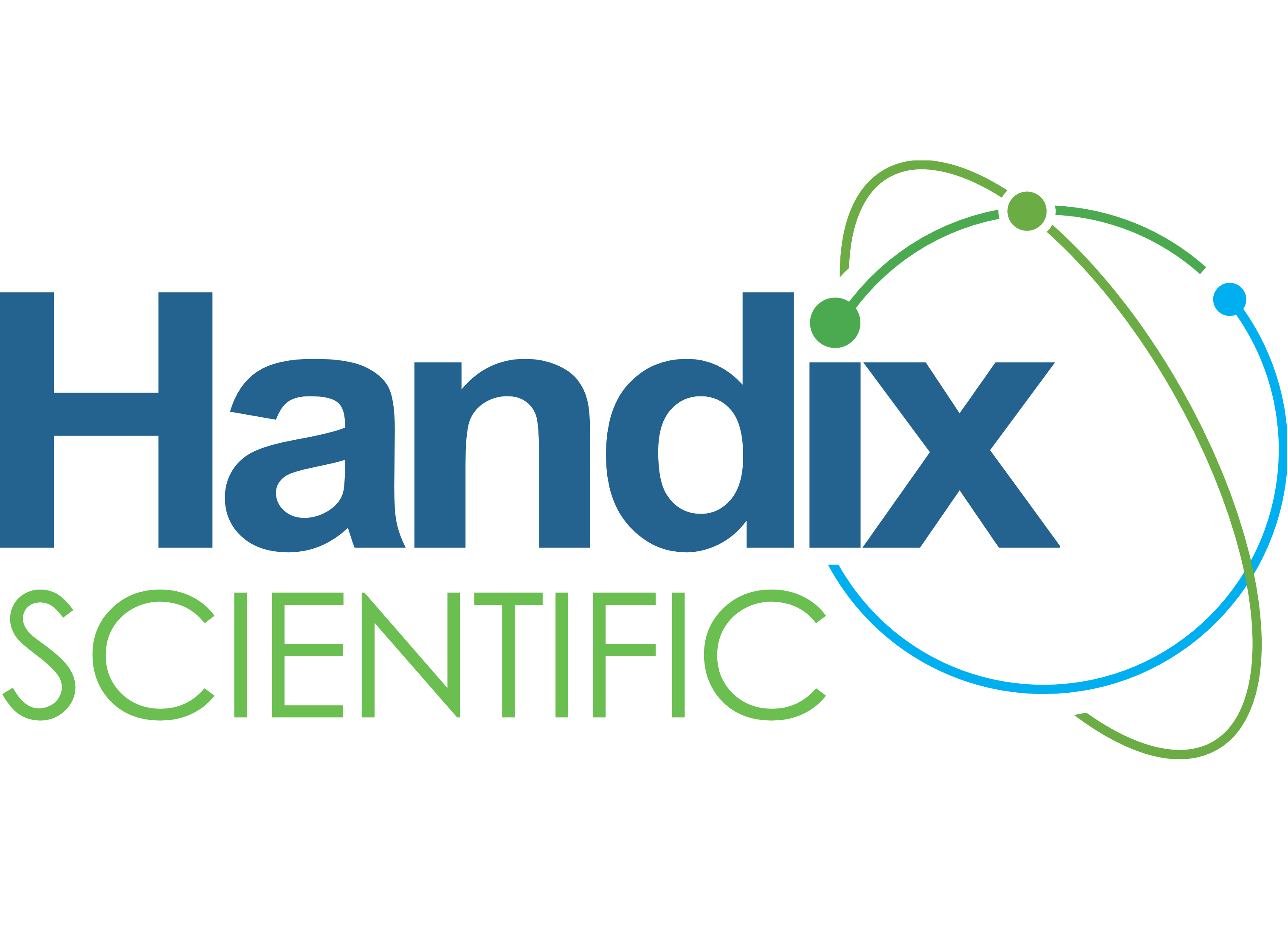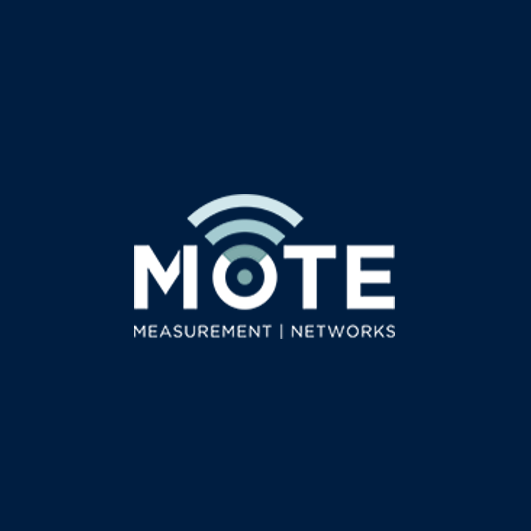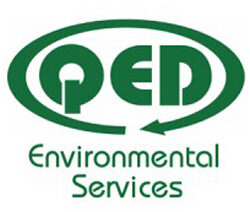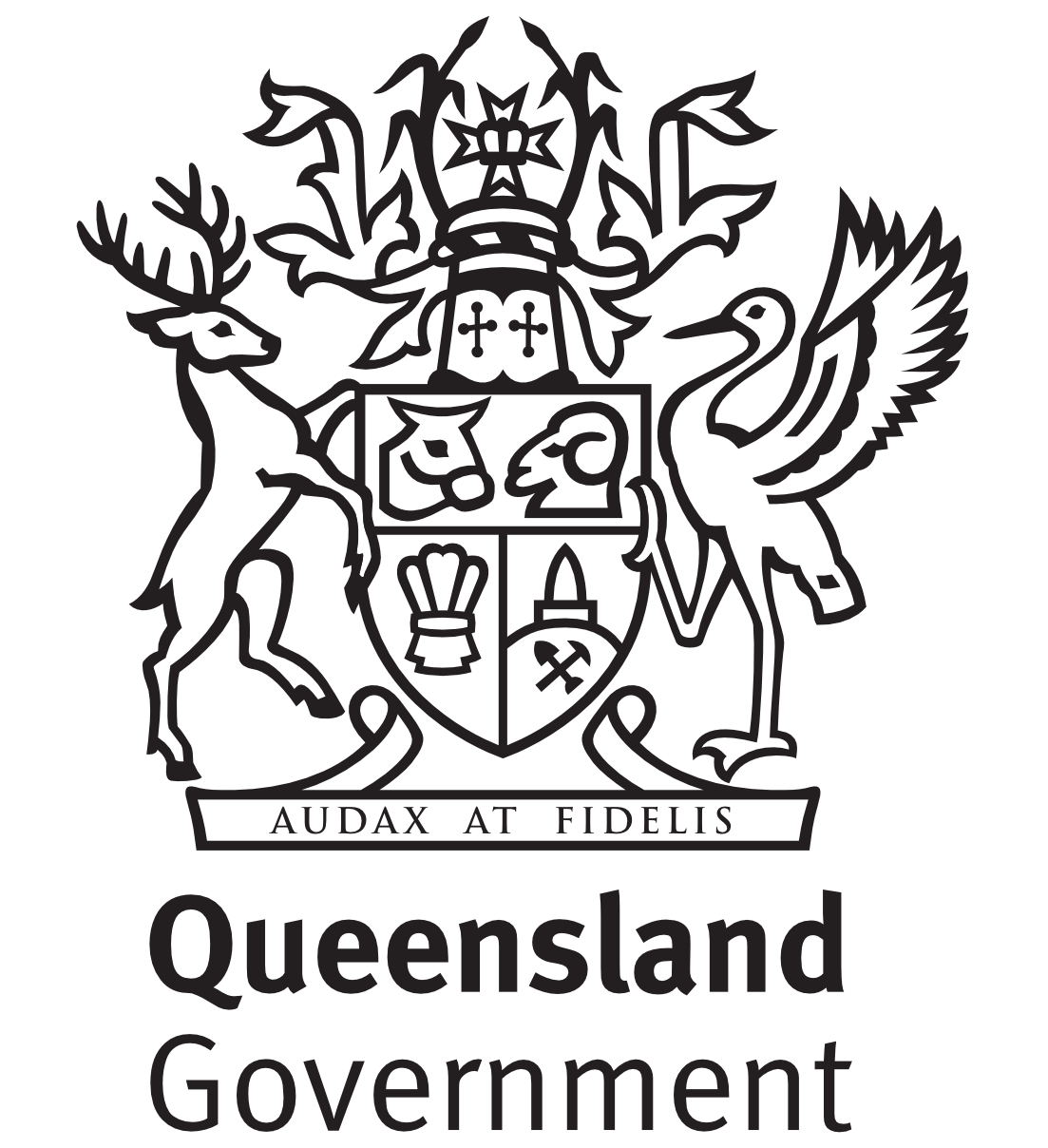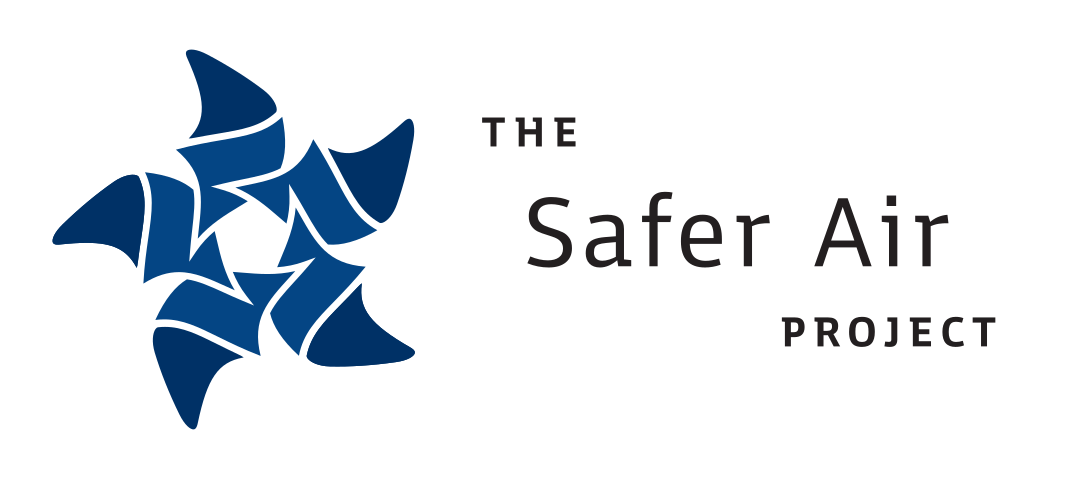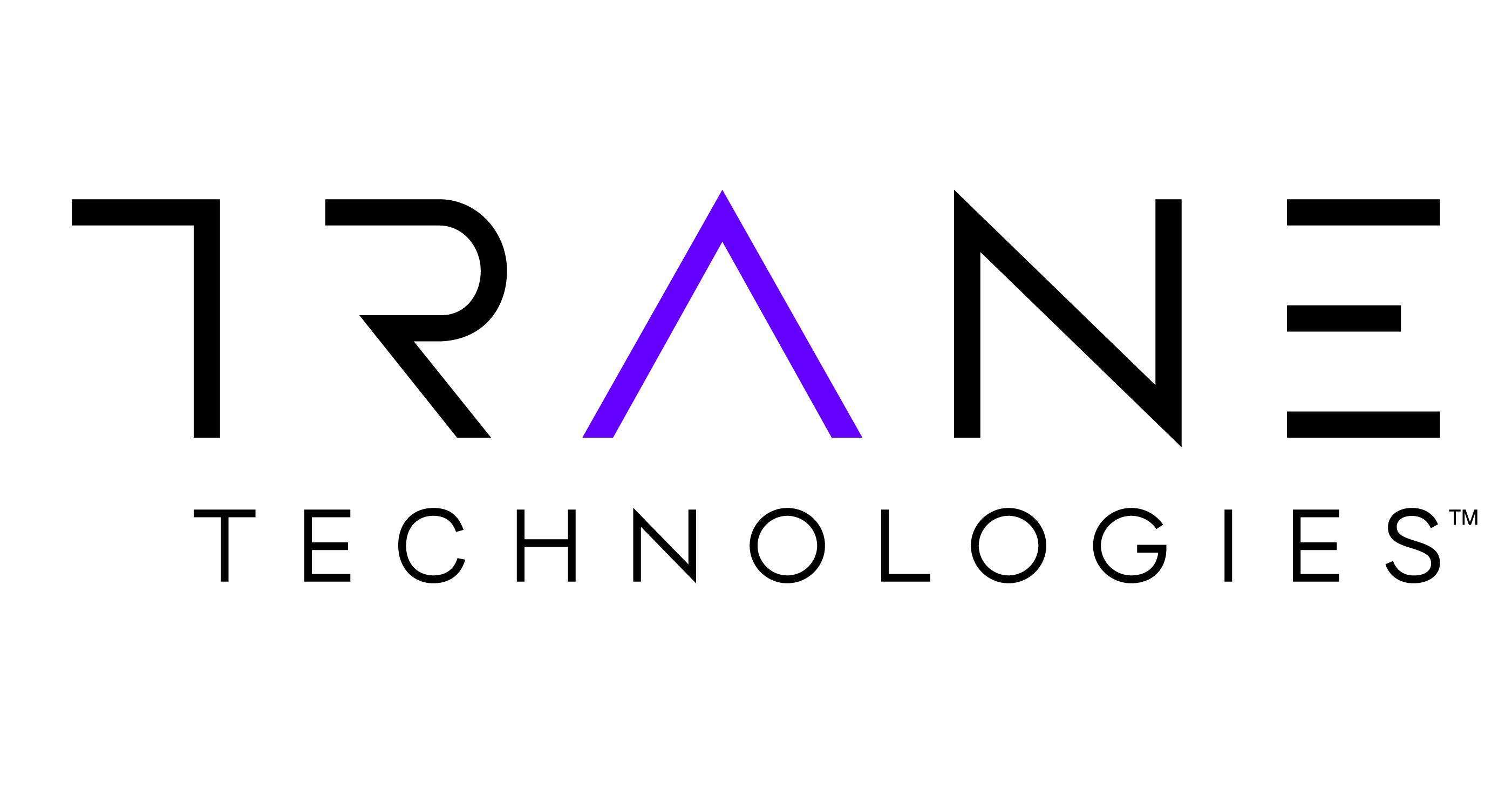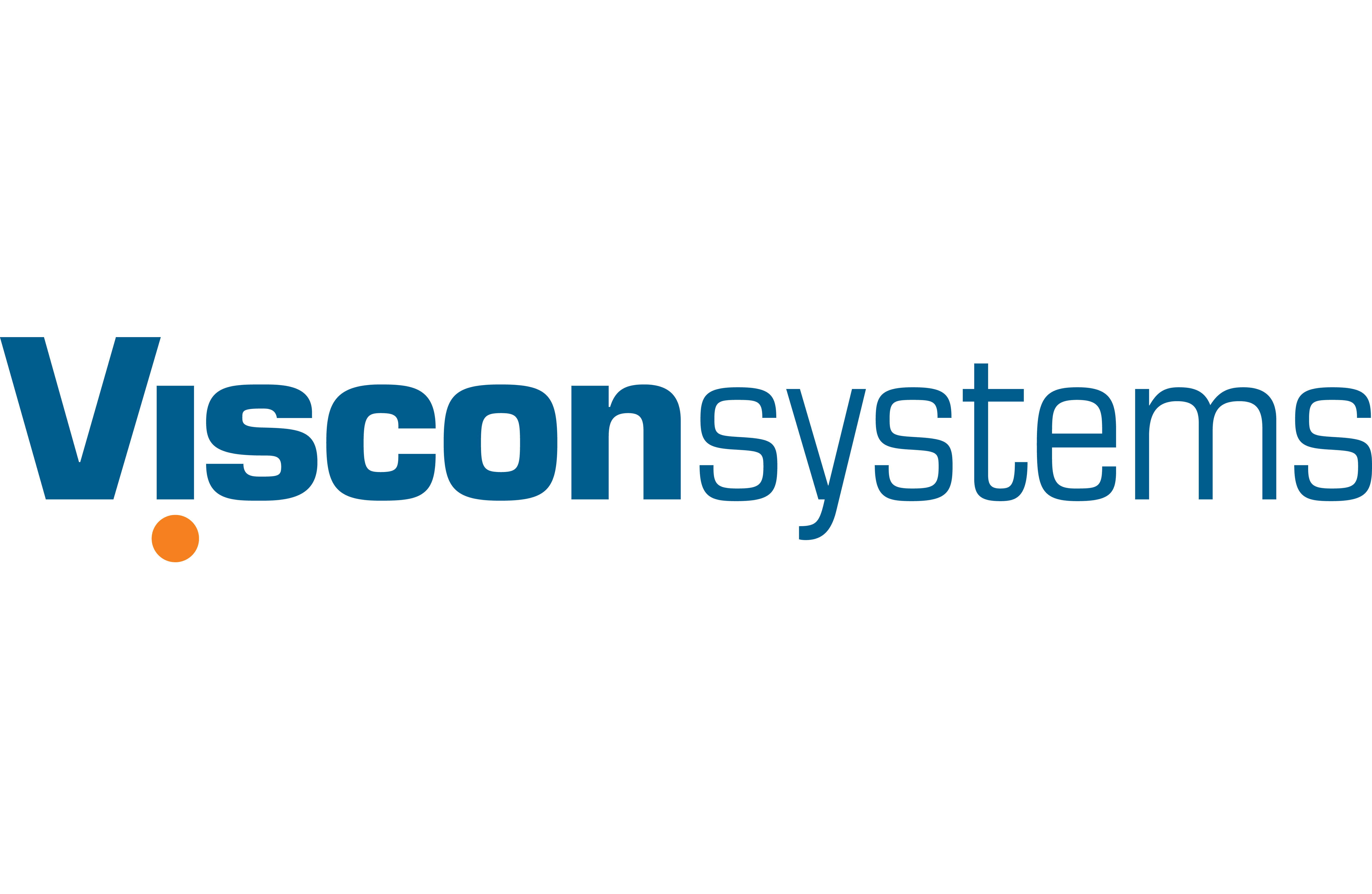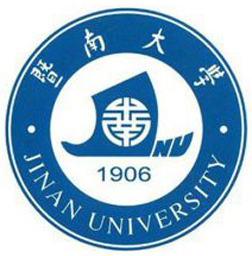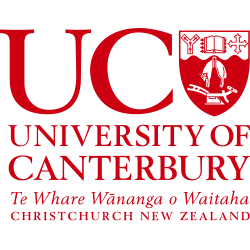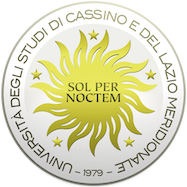Program 02
Building Product Improvement for Indoor Air Quality & Airborne Infection Control
About Program 02
HVAC systems are at the core of sustaining building IAQ, but additional equipment and products are also important in mitigating indoor airborne infection transmission and controlling energy costs. UV air cleaning systems, air purifiers, air filters and masks are additional protective layers that can support the core mechanical systems. While substantial benefits can potentially be provided by the products, how do they fit in with larger building systems? For instance, it is not clear how air purifiers work with better humidity and ventilation control. Similarly, it is unknown whether UV-based solutions can help overcome the ventilation problems stipulated earlier. Program 2 includes three projects.
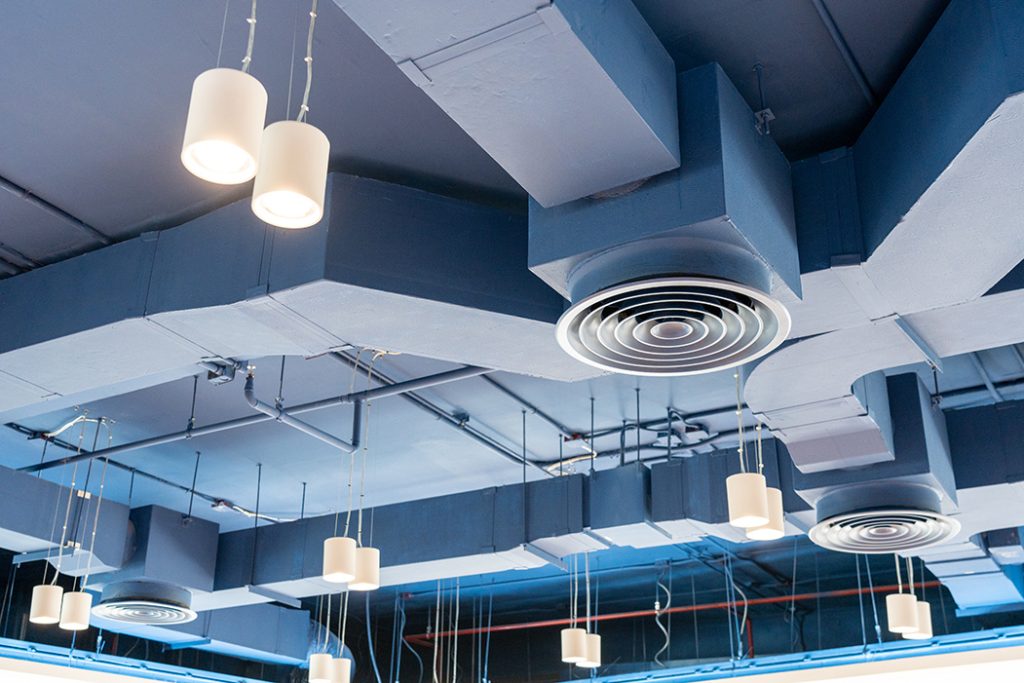
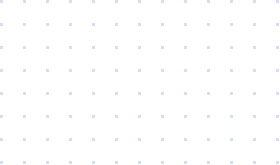
Projects
PhD Project 2.1 – Devising science based standardised testing of efficiency, efficacy, and side effects of IA cleaning products.
There are many air devices on the market but relevant and adequate information of the efficiency, efficacy, and side effects of the operation of these products is often lacking. This is to a large extent because there are no standards for testing the products, nor regulations mandating testing to meet the standards. An important aspect is also a decision which products should be included (because of the demand, significance, etc), and for which products scientifically based testing procedures should be designed, to become the base for national and/or, international standards.
There are already standards for some products. For example, standards for testing air cleaners’ performance of high efficiency particulate air filter systems (but not necessarily products withing the building system). Such standards typically include the clean air delivery rate based on the volume of the room, dust loading, etc. However, there is the need to expand science on two important, product relating aspects: (i) the impact of the products on indoor air chemistry and formation of secondary products, which should be built into the testing procedure and for realistic indoor environments, not only in relation to ozone, but other air pollutants, such formaldehyde and nitrogen oxides.
There are international standard testing protocols, but they exist for a standardised room setup involving expensive monitoring equipment. How this can be translated to be relevant also in an operational environment, with complex furnishing, airflows and varying uses will be a challenge. What sensors are appropriate (will provide required information), to have on building wide scales?
With complex and expensive equipment, how do we operationalize that for a building manager?; (2) the efficacy of the devices in reducing health impacts of pollutants including infection transmission. The discussed above testing is of the “EPA style” – how does a HEPA filter perform? The Therapeutic Goods Administration (TGA) has standard regimes for testing against therapeutic claims. This project can merge the EPA and TGA types of testing. If a product doesn’t claim any therapeutic effects, it doesn’t need to test to TGA standards. But if claims to reduce infection rates, then it potentially should.
The project aims at developing the logic of the toward doctrines of the intersection between environmental standards and health standards for new generation of devices and new uses of old devices.
PhD Project 2.2 – Efficiency of building equipment in air purification and cleaning
Ultraviolet Germicidal Irradiation (UVGI) techniques for combating airborne pathogens have captured widespread interest and renewed focus during COVID-19. While UVGI has demonstrated effectiveness in controlling airborne bacteria, their efficacy in controlling airborne respiratory viruses requires further investigation. The smaller size of respiratory viruses and their encapsulation in respiratory particles pose challenges to UV delivery dose and may affect their susceptibility to UVGI inactivation.
The use of viral surrogates (bacteriophages) in most of UVGI inactivation studies may not accurately represent the behavior of actual respiratory viruses in an airborne state. Furthermore, the reported variability in required UV dose for inactivating airborne viruses reported in the literature has impeded the establishment of standardised UVGI protocols, leading to confusion amongst the public and regulatory bodies. The difference in response of enveloped and non-enveloped respiratory viruses to UV irradiation remains unclear, and a standardised laboratory approach is needed to quantify the necessary UV dose for respiratory virus inactivation under realistic conditions.
The lack of a universally accepted standard for quantifying UVGI dosage in air disinfection systems contributes to the discrepancies in reported dosage requirements. Some chamber studies fail to provide uniform distribution of UV to airborne viruses, which is essential for determining the correct UVGI dose. Additionally, adjustments should be made to account for the natural decay of airborne viruses after aerosolisation, taking into consideration changes in the microenvironment and environmental factors such as ambient relative humidity and indoor air chemistry. Far UV-C with the peak radiation at 222 nm, with its lower penetration in human skin and eyes compared to conventional UV-C (peak radiation at 254 nm), presents reduced risks to human health.
However, it exhibits higher potential in generating air oxidants and subsequent secondary air pollutants in indoor air. Thus, a balance is required between the effectiveness of UVGI techniques and the associated health risks from direct exposure and the generation of new air pollutants. The continuous advancement of UVGI fixture designs aims to improve efficiency and safety. However, there is a need for innovative designs that can further enhance efficiency without significantly increasing manufacturing costs. Future research should focus on addressing these challenges to ensure the effective and safe implementation of UVGI air disinfection techniques in real-world scenarios.
This project aims to address:
- Exploring the UVGI absorbance of human respiratory particles in realistic scenarios and determining the necessary UV dose for effective penetration into these particles.
- Investigating the susceptibility of enveloped and non-enveloped airborne viruses to UV radiation to understand the role of the lipid envelope in virus inactivation.
- Studying the decay of airborne viruses in a realistic experimental method that mimics real-world scenarios, where there is a uniform distribution of UV photons.
- Developing a comprehensive database that provides information on the required power and exposure time to deactivate various common airborne viruses, assisting industry users in making informed decisions regarding UV irradiation power and exposure time in relation to indoor air parameters.
- Assessing the potential for secondary air pollution production when utilising UVGI techniques, considering different types of buildings and different configurations (e.g., ventilation rates, occupant intensity).
- Proposing practical solutions for the removal of by-products from indoor air generated during UVGI treatment.
PhD Project 2.3 – Tailoring the composition of indoor air to reduce the transmission of diseases
Recently, the influence of air composition on the airborne stability of pathogens such as SARS-CoV-2 has been demonstrated to be significant, with airborne decay occurring more rapidly in air with a lower concentration of acidic gases. This could represent a thus far untapped source of potential mitigation strategies, with systems being developed that alter the composition of indoor air to one that encourages the more rapid decay of airborne pathogens.
The aim of this project is to explore this space and to understand the potential impact of such a system, and possible ways in which it could be implemented. The project will aim to use the recently developed ‘net acidity’ measurement to survey the air composition in various indoor spaces, providing an overview of the typical range of net acidity values indoors and the factors that affect it. The focus will then be on developing chemical filters able to clean acidic components from the air thereby reducing indoor net acidity.
The final stage of the project will then be to measure the impact that using this filter has on the airborne stability of selected viruses. This research will provide a completely novel mitigation strategy that could be combined with ventilation and UVC to further reduce the rates of disease transmission within indoor spaces.
The aims of this project can be summarised as follows:
- A survey of indoor air composition on QUT campus and other locations focusing on ‘net acidity’ and the major contributors to net acidity such as CO2.
- The development and testing of different air filtration methods, aiming to identify a method that reduces the concentration of acidic components in indoor air.
- Measurement of the reduction in airborne stability of pathogens that occurs when the net acidity surrounding pathogen containing particles is reduced using the method developed in 2 (CELEBS, RAAD, and tunnel experiments).
- Synergy experiments with project 2.2 to test whether chemical filtration of air could reduce the formation of byproducts by UVGI and whether the two methods could be used together to further reduce transmission rates.
Industry Partners
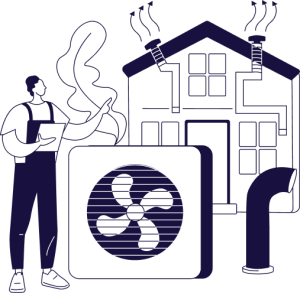
Interested in Current opportunities with Thrive?

